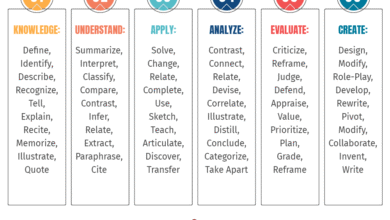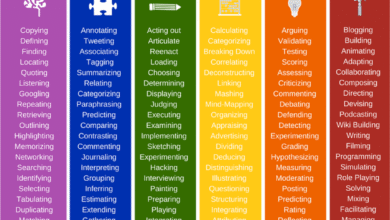Top 5 Management Information System Platforms

is it time for your school/MAT to ditch its MIS platform?
With schools rapidly shifting from legacy systems to cloud-based solutions, is it time to reassess whether the right MIS is in place for you?
Excellent Management Information System (MIS) tools are the backbone of school administration, handling student data, attendance, timetables, and reporting, but it’s hard to work out the differences between MIS platforms, what makes them unique, and well-suited for your school.
Why does your school’s MIS matter?
I’ve recently started working with School Synergy, who have developed a brilliant tool for managing school attendance. It has made me think lots about MIS platforms and how much schools rely on them.
Over the last 30 years, the landscape has been evolving, with cloud-based systems rapidly disrupting the market. A well-designed MIS should reduce workload and provide real-time insights. Many will promote this claim, however, outdated platforms often slow teachers down rather than support them!
Research by the Department for Education found that teacher workload in England often cited excessive admin as the key contributor to workload stress – with data and reporting being the number one gripe! Schools are therefore looking for systems that enhance efficiency rather than create barriers, and if your site licence is due for renewal, it’s always worth reviewing their effectiveness across the system.
Top 5 MIS platforms for schools
With some platforms gaining traction while others are losing ground, inspired by the insightful analysis from Joshua Perry, here are my top five MIS platforms for English schools today:
1. Once the undisputed leader
Once the undisputed leader, SIMS held an 83% market share in 2015. By 2024, this had fallen to 43% as schools moved to modern alternatives. They have taken quite some time to adapt to new technology, existing primarily on a local server and application installed on the school’s server.
I once blogged about the extortionate site-licence costs, and former CEO Phil Neal turned up at my school the very next week. I can only imagine some of the following popular choices are still pulling in huge sums from large multi-academy trusts. Despite its declining market share, SIMS remains deeply embedded in many schools due to its historical dominance and extensive compatibility with legacy systems. Schools considering switching should prepare for significant data migration.
2. The fastest-growing MIS
Now the fastest-growing MIS, Arbor has secured a ~30% market share by offering a cloud-based, user-friendly alternative to over 7,000 schools. I’m not clear about the current licence costs, but the user-interface looks clean, and informative. Arbor’s cloud-first approach and intuitive dashboard make it particularly attractive for MATs (multi-academy trusts) seeking streamlined reporting across multiple sites.
3. Popular with secondary schools
Gosh, I started using Bromcom in 2000, and onboarding was horrific. Today, thankfully, Bromcom now provides a powerful cloud solution and now holds a 10% market share. Bromcom’s analytics suite is highly rated by secondary schools, offering detailed insights into student performance and attendance patterns. Their parent app is popular for improving home-school communication.
4. Established, but dwindling?
Integris remains a choice for many schools, though its market presence is shrinking. It still appeals to schools with simpler MIS requirements, but its traditional interface may feel outdated compared to modern cloud-based systems. Schools looking for more advanced features might consider exploring other options
5. Simple and effective
Designed for primary schools, ScholarPack holds a 7% market share and is known for its simplicity and efficiency. Its strength lies in its tailored design for primary, with features that support assessments and parent communications. Its acquisition by The Key Group has brought new developments in reporting tools.
Reflection questions for teachers to consider
- Does the current MIS reduce workload, or does it create more administrative tasks?
- How easy is it to access key student data when needed?
- Does the system integrate well with other school software?
- How much time do teachers spend troubleshooting MIS-related issues?
- Is the system user-friendly, or does it require extensive training?
- What is the total cost of the MIS, including support and upgrades?
- Are there better alternatives available that could improve efficiency?
- How often does the school review its MIS provider and consider switching?
- Do school leaders involve teachers in MIS decision-making?
- Could a different system provide better insights into student progress and attendance?
Making the right MIS choice
Finally, training is essential. Even the best MIS is ineffective if staff are not trained properly. Organisations can provide all the onboarding promises they want, but it’s essential the person leading the session from the chosen supplier has some ‘teacher wisdom’ and excellent presentation skills. Plus, the CPD should never sit in isolation.
Having used various MIS platforms across 25 years, I never knew one tool inside out; every term you can learn a new function, and it’s critical these tips and tricks are shared with all staff. Ask the supplier to provide you with an implementation plan across the year; it should not be an install, show and go-home approach!
“A well-implemented MIS can transform how schools operate, but only if it genuinely reduces workload and supports effective teaching and learning” (DfE, 2019).
Related
Source link



